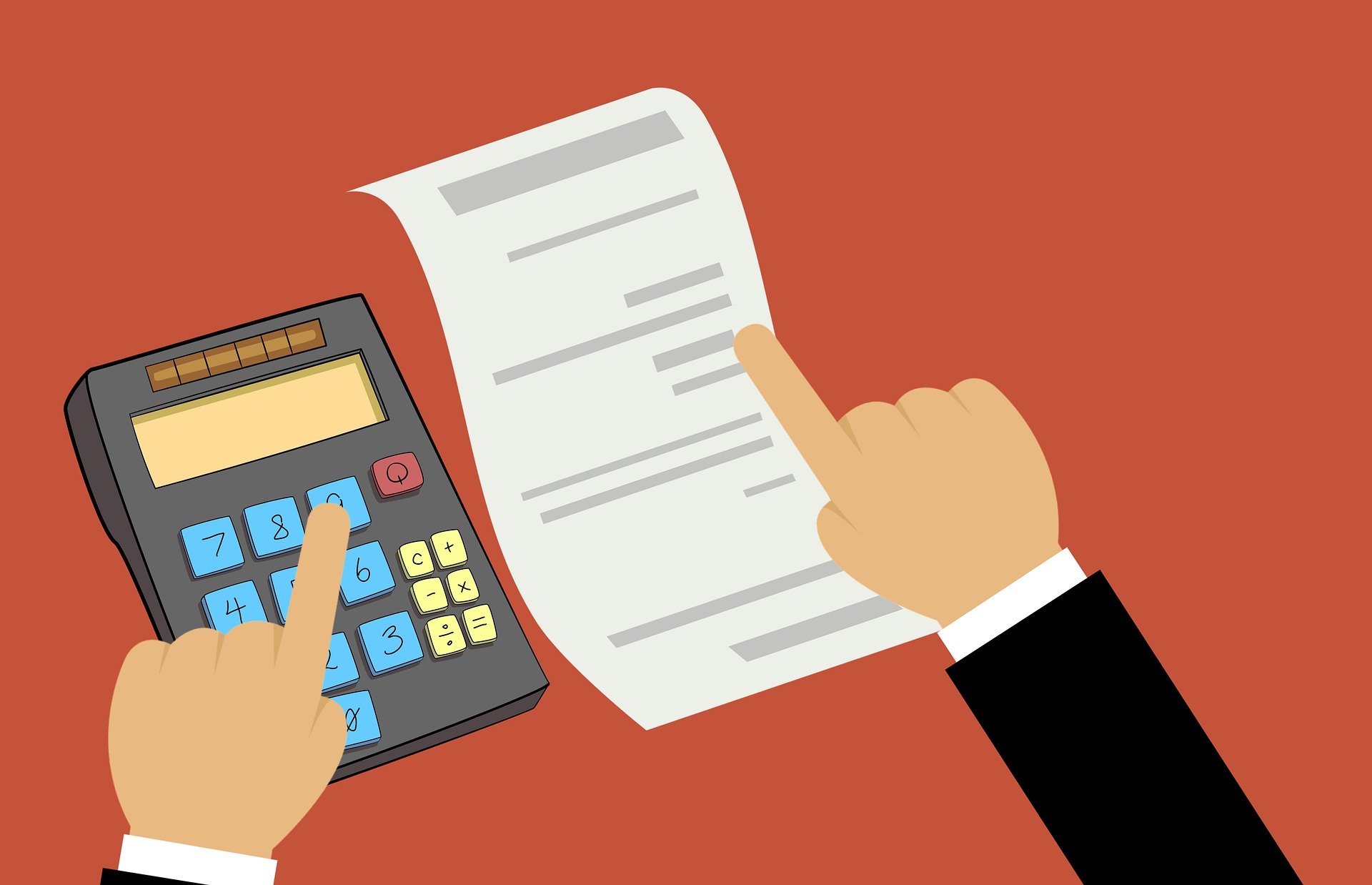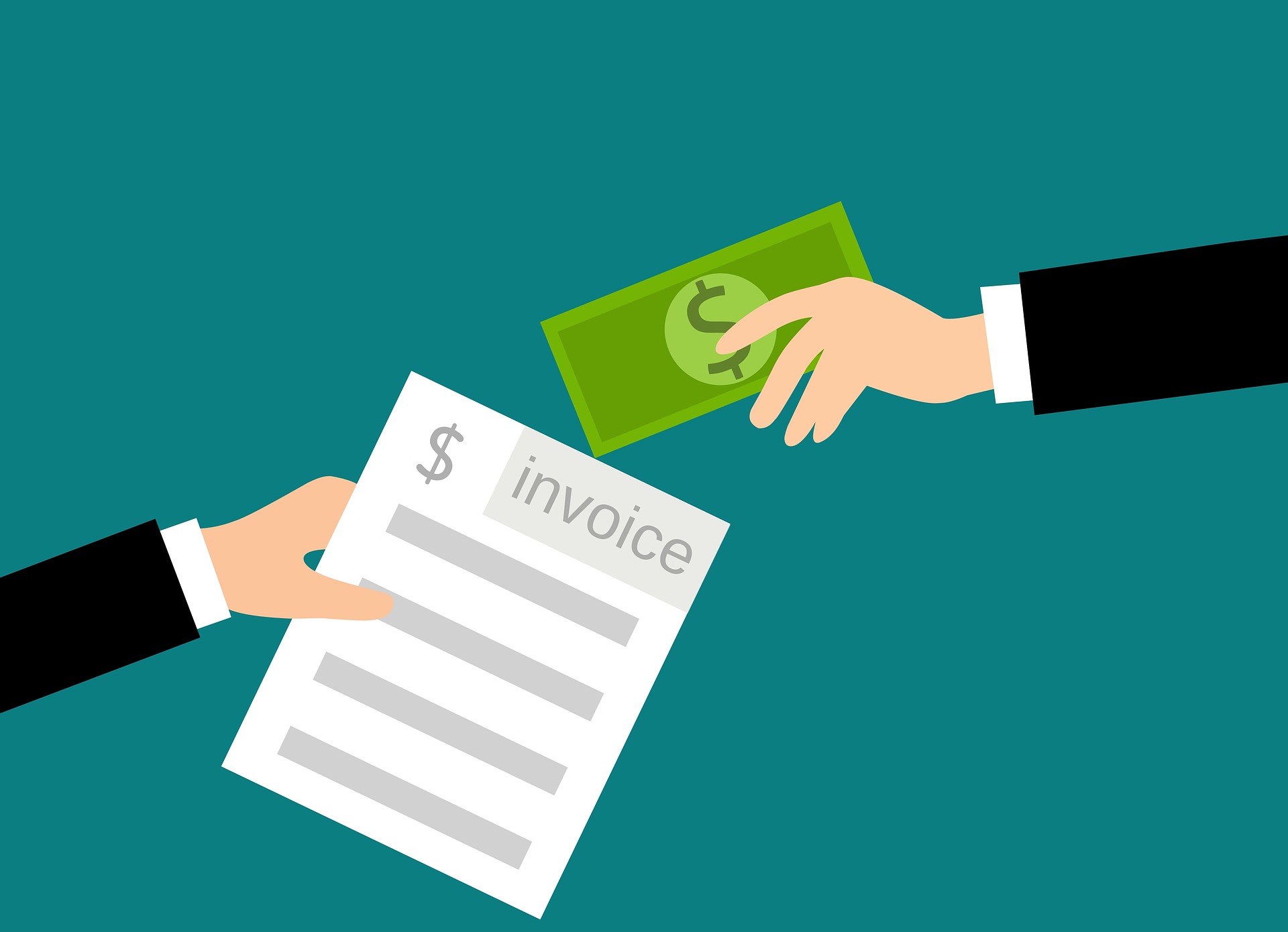When you are a small business owner, writing invoices is one of the many tasks that you have to do in order to keep your business running. It can be difficult to know what information to include on an invoice, and even more difficult to make sure that your invoices are legal and enforceable. This article will give you some tips for writing effective and legal invoices.

Make It Professional
This document has to be very transparent and professional-looking. A lot of people are taking going on this website to find templates as it ensures that the document looks good and has a consistent format. However, making it professional also means that you should use simple language, include all relevant information, and make use of typography to create a visual hierarchy. It’s also recommended to use white space to make it look clean and stick to one page if possible.
All of these small details will come together to give the reader a positive first impression of your legal invoice. If it looks like a mess, they might not take you seriously as a lawyer. First impressions are important!
Mark It Clearly
An invoice needs to be easy to understand, so make sure you include a clear description of the work you did. If there are any special circumstances, be sure to note them as well. You should also include your contact information and the date of the invoice on the document.
If you’re billing for more than one item, use line items and clearly mark what each charge is for. This will help avoid confusion later on. You can even include a brief description of each item next to the charges.
Don’t forget to put your firm’s name and logo on the invoice! This will help ensure that it gets paid promptly. After all, your clients should know who they’re paying.
Add All Necessary Information
There’s a lot of information you need to put down on a legal invoice. These are the following:
- The date
- Your name and address, as well as your client’s
- A description of the services you provided
- The amount charged for each service
- The total amount due
- The payment terms (e.g. “net 30”)
By adding all this information, you’ll be sure to have a complete and accurate legal invoice. Plus, it’ll be much easier for your client to understand what they’re being charged for and when they need to pay up.
Without only one of these elements, your invoice might be confusing or even inaccurate, which could lead to problems getting paid. So take the time to include everything that’s needed from the start.
Describe Your Services
You should write a paragraph describing the services you provided in detail. This will help your client understand what they are being invoiced for and avoid any confusion later on. Be sure to include dates, times, locations, and other relevant information.
For example, if you are a lawyer, you might write:
“I represented John Doe in his divorce proceedings from June 15-20. This included meeting with Mr. Doe for initial consultations, drafting and filing the necessary paperwork, attending court hearings, and communicating with opposing counsel.”
If you are describing services that span over a long period of time, you can break them down into smaller chunks. For example, if you are an accountant and worked on someone’s taxes for the entire year, you could list each month separately.
Calculate What’s Owed To You
Make sure to precisely calculate what’s owed to you. This includes calculating the number of hours you worked, your hourly rate, and any other expenses you may have incurred while working on the case. Once you have a solid understanding of what exactly is owed to you, it will be much easier to write a clear and concise invoice.
For example, let’s say you worked 20 hours on a case at an hourly rate of $100. In addition, you also incurred $500 in expenses. The total amount owed to you would be $2200 ((20 x 100) + 500).
Add Payment Terms
One important aspect of writing a legal invoice is adding payment terms. This will let your client know when they are expected to pay the invoice. By adding this information, you can avoid any confusion or misunderstanding about when payment is due.
There are a few different ways that you can add payment terms to your invoices. One way is to include them in the body of the invoice. You can also add them as a separate section on the invoice or on an attached document.
Another way to include payment terms is to add them to your invoicing software. This will ensure that your clients see the payment terms every time they receive an invoice from you.

Legal invoices can be quite tricky, so make sure to use templates to make it look professional. Mark it very clearly and add all the necessary information to the document. Describe your services in a couple of sentences and calculate what’s owed to you along with the payment terms. You’ll never make a mistake if you follow these tips!




